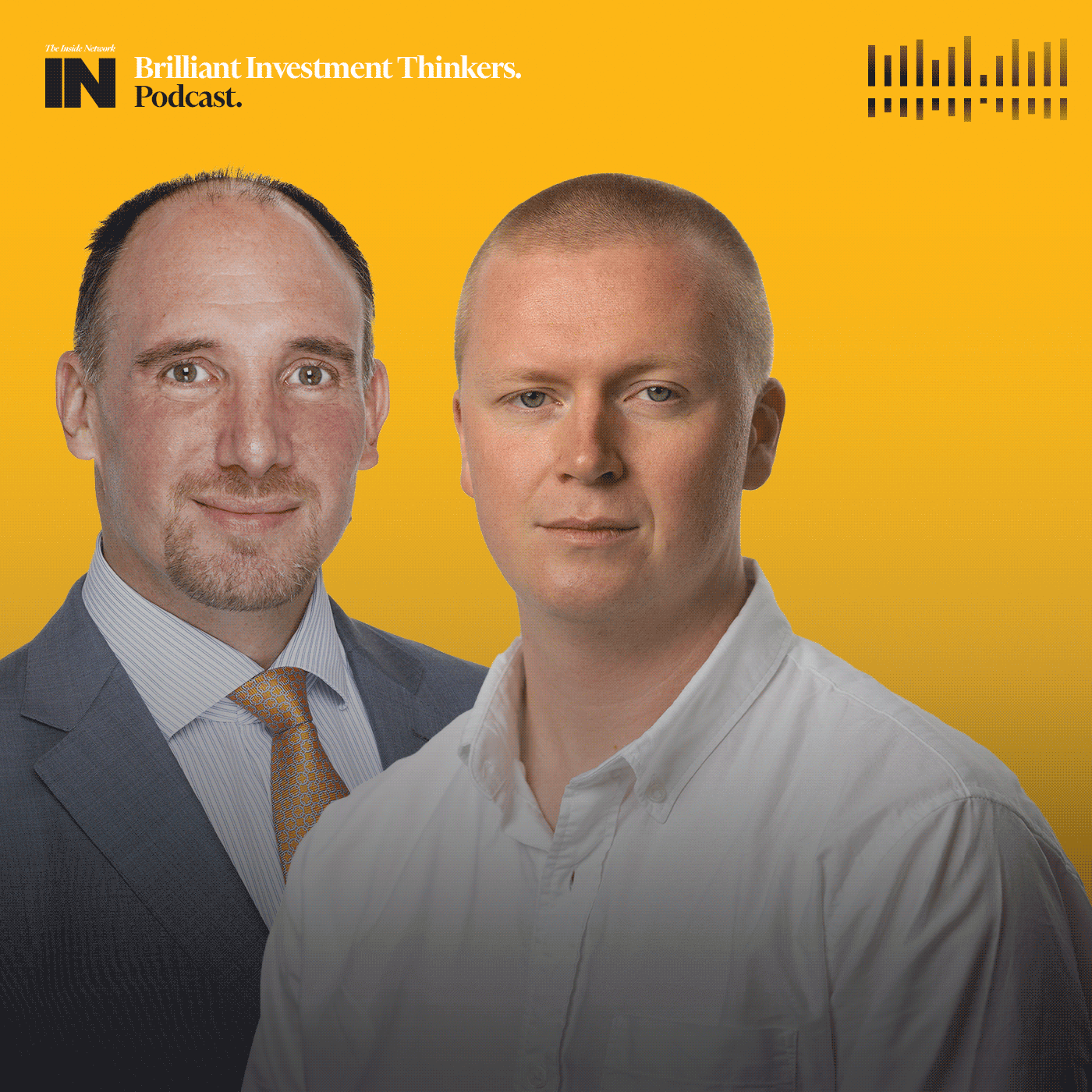Now is the time to add alpha to your portfolio (unless you’re a super fund)
Over the past 40 years, super funds have returned around nine per cent per annum after fees and taxes. Adding one per cent from skill (alpha) to a portfolio return of nine per cent results in that alpha being 10 per cent of total portfolio return. Nice to have, and accretive to returns, but not that important as most members are happy with a high absolute return.
If prospective portfolio returns were to reduce to three per cent per annum (an arbitrary figure, as I don’t have a crystal ball) then an extra one per cent of alpha would be 25 per cent of the total return – much more enticing for investors, and potentially critical, if the portfolio is to aiming to meet a CPI+ target.
The prospect of lower returns should increase the appetite for skill-based strategies such as active equity strategies and even hedge funds and alternatives. Unfortunately, as a result of the Your Future Your Super (YFYS) legislation, superannuation funds are now caught between a rock and a hard place. It’s pretty obvious that the right thing to do is to increase diversity and alpha seeking opportunities, but the YFYS performance test creates enormous danger for those funds that try to do so.
Super funds must now decide how far they are willing to stray from YFYS imposed benchmarks – in other words, how much active management (tracking error) they can and should employ. Investing passively does not allow any out-performance against a benchmark, but it does guarantee passing the YFYS performance assessment. Investing actively has the possibility of outperforming a benchmark, but it carries with it a huge danger when it comes to the draconian consequences of underperforming the YFYS benchmarks.
The YFYS legislation makes it very dangerous to invest actively due to the business risk that comes with failing YFYS. So how does a super fund balance these competing priorities? According to me, YFYS always takes top spot. So what is a CIO to do? How much alpha can a CIO shoot for? Again, the investment maths is relatively simple.
Given that over an eight-year period YFYS only allows 50 basis points of underperformance, this would suggest a maximum of one per cent tracking error in equities (assuming equities are around 50 per cent of a balanced portfolio and super funds allocate all of their YFYS risk budget to equities). One per cent looks more like passive enhanced to me than active management and may not be worth the effort.
Here are some ideas as to what a super fund could do.
Be more active in asset allocation since it is possible to add value and out-perform peers without any risk to a fund’s YFYS performance assessment, and be more passive in developed equity markets since there is pretty good evidence that developed markets are well researched and alpha is elusive and expensive. Be active in markets where there is a good chance of being rewarded (i.e. where excess returns have a good chance of offsetting any fees, like private equity, emerging markets, small caps and Australian equities) since these markets are less well researched, less efficient and the chance of outperformance is enhanced.
You can also add credit to the portfolio since credit has a higher chance of adding value than active equity strategies, while gearing real assets has a high chance of out-performing ungeared benchmarks and because unlisted assets give the appearance of less risk due to their lower price volatility.
Super funds must now decide if they are brave enough to take tracking error and do the right thing for members, or bend the knee to what YFYS encourages – namely being massive and passive. A wise mentor of mine always said that the most important element of investment strategy is to have “mission clarity”. How can any fund hope to have mission clarity with such conflicting goals? At the end of the day, is beating a YFYS benchmark that important?
This allows me to segway to one of my favourite jokes. Two asset consultants meet for coffee. One says “how is your spouse?” The other replies “relative to what?”
The logical and absurd outcome will be that there will be some very large cheap and cheerful funds that will find it hard to add value and that some high value members will look to non-default strategies (perhaps choice strategies or SMSFs) to better align their superannuation outcomes with their retirement goals.










